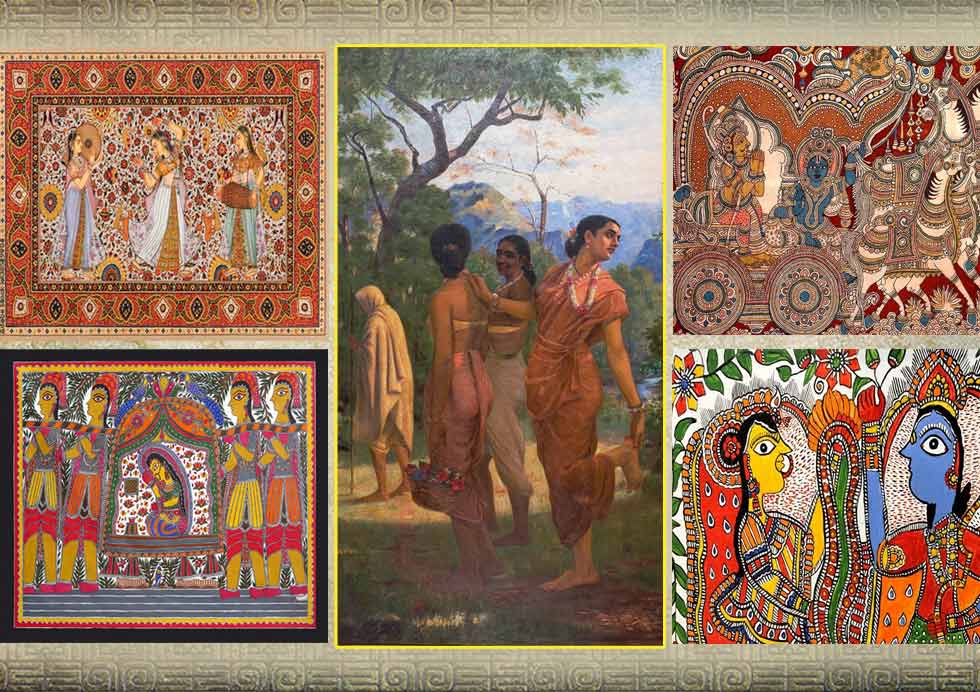The Evolution of Art: A Journey Through Art History
Introduction
Art History is a glimpse into our creativity as humans over thousands of years. Art can be traced back to the earliest cave paintings, and art has always been an indicator of cultural values, religious beliefs or societal shifts. Appreciating works such as these differently is the least, we might argue —art history also allows us an insight into a bit of what it means to be human during different historical periods and places.
Prehistoric Art: The Dawn of Creativity
The ancient roots of art date back to prehistoric times, when our ancestors conceived the first works of artistic expression. The most well-known examples are, of course,… cave paintings such as those found in Lascaux (France) and Altamira (Spain). The paintings, which typically showed animals and hunting scenes, were found to have religious or symbolic meaning. The use of organic pigments and painting on rock clearly reflect the strong emphasis with which early humans were related to their surroundings.
History of Art and Ancient Civilizations- The Power Of Art And Artists.
Or possibly, as societies began to formalize themselves so did their art. Like in Ancient Egypt, where art and religion met regularly to carve out space for Pharaohs on all the walls. Giant erections like the pyramids and Sphinx in Egypt as well as fine paintings that adorned tombs all showed a means to make sure their respective pharaoh was comfortable on his way to an afterlife. Similarly, the art of ancient Mesopotamia was designed to convey authority and strength of rulers and gods by being made colossal as in the ziggurats or realistically balanced scenes full with symbols depicting great battles between warriors on ceremonial draying.
When Naturalism Made Its Entry in Classical Antiquity
The naturalizing tendencies of classical art, particularly under the influence of ancient Greek and Roman sculpture. In fact, Greek sculptors such as Phidias and Praxiteles aimed to represent the perfect human body resulting in sculptures that were more realistic with astute proportions. Among the architectural and artistic developments of this age, one only has to visit The Parthenon in Athens or Rome’s Colosseum. The emphasis on symmetry, balance and realism would probably influence Western art for centuries to come.
Middle Ages: Spirituality & Symbolism
The collapse of the Roman Empire saw in a Dark Ages where art became more about spiritual matters and mythology. The great Gothic cathedrals, with their spires towering over their cityscapes and filled with light filtered through vividly colored stained glass, were built as monuments meant to overwhelm the senses and inspire piety. Beautiful and complex, illuminated manuscripts like the Book of Keels are not only an example of medieval craftsmen’s skill and devotion, but a visual treasure trove for themes or imagery. Art during this period was more about religious narratives and less focused on realism.
Breakdown Boundaries in Modern Art
In the 19th and 20th centuries, modern art emerged to challenge previous types of painting arguing against traditional techniques and subjects. Impressionism: movement by the artists, Monet and Degas where they aimed to record visual reality in terms of transient effects of light and color(p1). Later, the likes of Pablo Picasso and Georges Braque would impose Cubism upon objects dissecting them into geometric forms that indeed begged one to reconsider their experience as objectively real. This coalition of Abstract Expressionism, Pop Art and Surrealism reinforced the boundaries just how complex an modern work could be.
Conclusion:
Art history is not just a list of styles and movements; it tells the story of human expression in our culture, religion and technology. Through the beginning of this new millennium, art continues to be a dynamic medium for expression and discovery that reflects our contemporary moment. When we understand the immense tapestry of human history through its art, nothing could be farther from truth.
Written By: Musaffa Mushtaq
